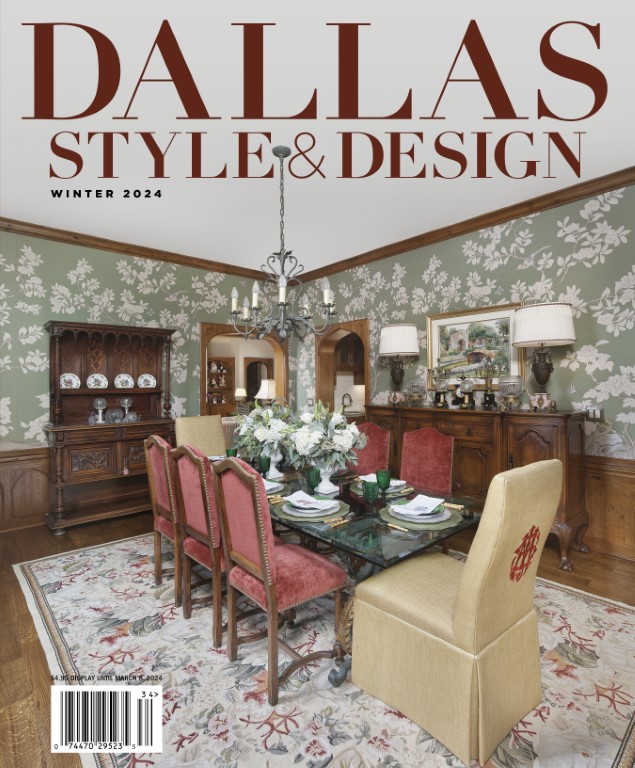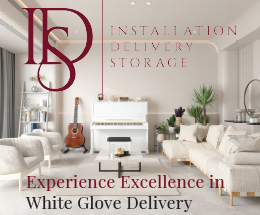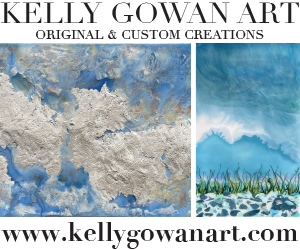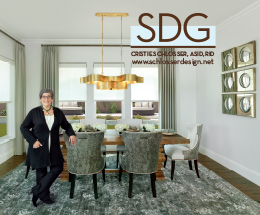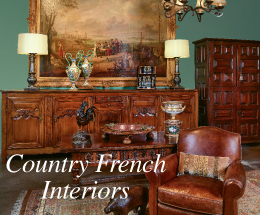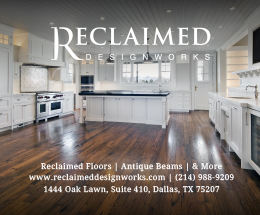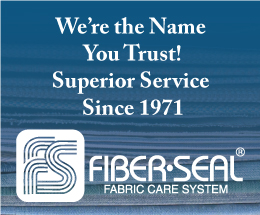Profound and philosophical, the Yakes Collection of art conveys visual messaging.

Collecting art is akin to breathing for Dr. Wayne Yakes. Life-giving and enhancing, it brings the gift of consciousness. Each piece in his extensive collection resonates deeply. Since childhood, this devotee of painting has been captivated by its imagery, emotion and purpose. More than aesthetic appeal, each piece has a message.

“The world of art is a reemergence of expression. My entire focus is to have the art exposed. It isn’t until they’re seen that their ideas are experienced,” says Yakes.
A vascular and interventional radiology and endovascular neurosurgeon specialist based in Colorado, Dr. Yakes began his collection with an emphasis on Russian art and has now collected contemporary art from across the world. The creators are artists from all walks of life and cultures, each with instruction in the craft, proficiency of technique and a passion for intellectual expression.
“Artists are chosen people; it’s not their choice. It’s something special to be touched by God—to be a creative mind,” Yakes says.
However, precision in art is only achieved through intense training, culminating in mastery of all media. Those who learn and practice are exceptional, believes the collector.

“They have to be trained. Yet, there are few who have put in the work,” says Yakes.
Excellence in painted art is found around the globe. Art is now evolving from previously silent areas of the world, and regional influences are evident in each brushstroke. Each painter responds to the socioeconomic, cultural and political influences of their surroundings through color and shape on canvas.
“There’s several forms of influence. In the Communist times in Russia, the state pays for your education only after a grueling selection process. If you don’t keep up at art school, you’re out,” Yakes explains.

Art from different regions communicates a different language, asserting a message that is both timely and eternal. Within Middle Eastern and North African countries, repression guides the voice of paintings.
“In the modern art world of Arab nations, they want freedom. Instead of previously being nomadic, they have now emerged and come into their own. They’re intellectually lethal,” says Yakes.

Native American art has evolved with different messaging, responding to the elements of the reservation and to founding fathers and traditions.
“It is a hard thing artists had to evolve from—their reservation. And we have to remember, the Southwestern art movement was founded by two Russians, Leon Gaspard and Nicolai Fechin. That’s how art was ensconced there,” Yakes says.


Both became captivated by the unique light present in the high tundra, the skies and the stark landscapes of New Mexico.
A major contributor to this modern art movement, who spent his formative years there, is the legendary artist Earl Biss. He created compelling portraits and scenes of the changing seasons in the Rocky Mountain West, inculcating in them his Montana Crow Indian reservation culture.
“Biss was the dominating leader and driving force of the modern Native American Southwestern art movement,” says Yakes.

These painters became the inspiration of other Southwestern artists who followed. Their works speak the vocabulary of the sweeping landscapes and tribal legends of the region.
Spanish painters Pablo Picasso, Salvador Dalí and Joan Miró have their own artistic language and tell stories through canvas and paint. Dalí and Miró, both from Catalonia, reveal the influence of decades of political unrest in the region.
Marc Chagall, the fourth of the Modern Masters in the Yakes Collection, also reacted to the stimulus of his environment. Chagall’s art can be understood as the response to the history of Russian Jews, who were considered outsiders in a hostile society.

“They were the four pioneers. Their genius comes from their minds. All their influences come into play. They put it on display for all to see,” Yakes says.
Among the Modern Masters, Chagall is a favorite of Yakes. The artist’s childlike style and eerie images first captured Yakes’ imagination as a youth.
“When I was 2 years old, I developed an appreciation for art. It is all because of my mother, Frances. She took me and my sister, whom she was pregnant with, to the McNay Art Museum in San Antonio. My favorite painting was Dream Village by Chagall. I’m sure it was the imagery, the colors and the surreal positioning of the people that still inspires me today,” says Yakes.
Today, etchings by Chagall from the Yakes Collection grace the walls of the Dallas Museum of Biblical Art. The hand-colored, religious-themed etchings from 1958 depict scenes and events from the Old Testament.
“They portray good and evil—the human condition. He illustrates them in a genius way,” says Yakes.
Visual vocabularies define the paintings in the Yakes Collection. They provoke conversations about the ideas, inspirations and motivations of differing societies and experiences.
“That’s what art does. It evokes a response. Ideas are important,” Yakes says. *
Nancy Baldwin is a Dallas freelance journalist, marketing writer and editor of nonfiction books. Contact her at baldwinwriter@gmail.com.
Frances A. Yakes Museum of Art
310 W. Commerce St.
San Antonio, TX 78205
303.710.5396
Dallas Museum of Biblical Art
7500 Park Lane
Dallas, TX 75225
214.368.4622
biblicalarts.org

